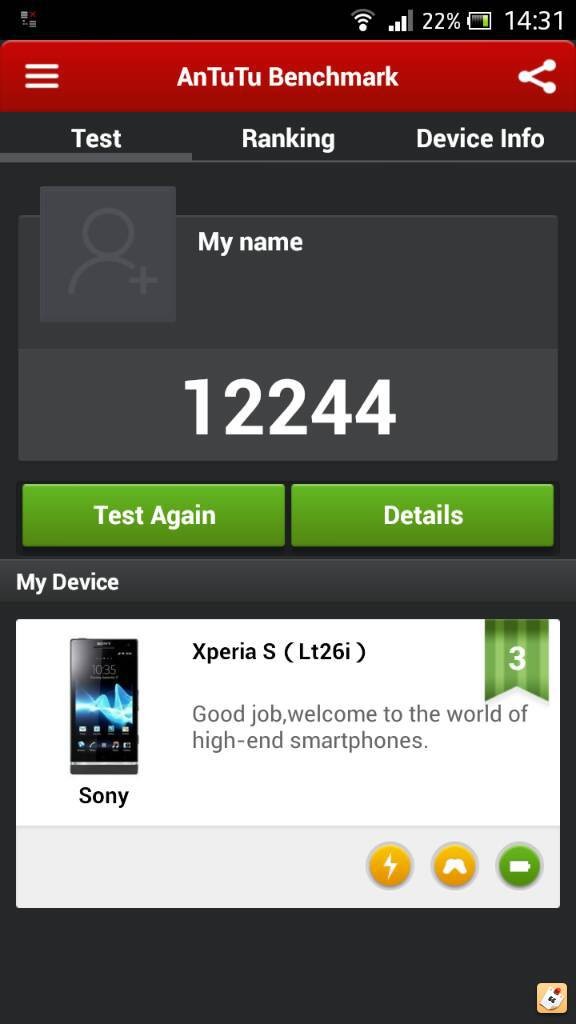Who s Your Benchmark
Post on: 13 Апрель, 2015 No Comment

Top benchmark offenders and how to fight back.
As more complicated products are brought to market, benchmarks are undergoing the fight of their lives to stay relevant. For more traditional funds, investors can rely on benchmarks to serve as a score card, a measure of risk, and even as an ad hoc means of judging style and exposure. For example, a fund benchmarked to the Russell 2000 should demonstrate a risk profile similar to small caps, which are riskier. Now imagine a fund that exhibits a muted risk profile by employing an array of complex hedges. So, the not-so-easy question becomes: What is the appropriate benchmark for these funds?
The alternatives space has been plagued by the disappearance of rational benchmarks. A good benchmark should exhibit very similar underlying risk characteristics as the fund as well as employ similar leverage. What investor would use the S&P 500 as a benchmark for a deleveraged S&P 500 fund? Sadly, this perfectly describes the dismal state of benchmarking in the alternatives space. Because benchmarking isn’t an exact science, fund companies have, at best, left investors scratching their heads and, at worst, may be distorting a fund’s risk attributes. Absolute Strategies ASFIX, for instance, displays two benchmarks in its prospectus, the S&P 500 and the Barclays US Aggregate Bond Index. Listing two benchmarks isn’t too helpful for gauging relative performance track records and can cause confusion among investors. This fund’s risk/return profile, in fact, is more comparable to high-yield bonds. Other funds also employ dual benchmarks in an attempt to portray the fund’s complicated strategy.
Guggenheim Managed Futures Strategy RYMTX is a managed-futures fund that tracks the S&P Diversified Trends Indicator. The index is momentum-seeking across physical commodities and financial futures (except equity). Because the DTI isn’t exactly a household name, the fund may have been motivated to add a cash benchmark last July. At that time, the team also altered the fund’s mandate to achieve positive absolute returns. Fundamentally there was little strategy change; the fund still trades the same underlying futures as the DTI and largely employs the same strategy (and it doesn’t demonstrate a track record of achieving absolute returns). A cashlike benchmark oftentimes can result from management’s struggle to portray a complex strategy clearly to investors. Some funds attempt to solve this education gap by employing return targets.
Goal Post or Mandate?
Another common benchmarking approach among alternative funds is to employ a Libor-plus strategy. For instance, PACE Alternative Strategies PASIX has an investment objective of Libor plus 3% to 4% (over a full market cycle, gross of fee). The fund’s benchmark is cash, which lies at odds with its Libor-plus investment objective. Higher returns almost always commence with elevated levels of standard deviation. Indeed, the fund exhibits a three-year standard deviation of 6.4%, much greater than its cash benchmark. But perhaps more troubling is the achievability of the fund’s investment objective, given its strategy. Since the fund’s 2006 inception through March 2012, the fund has returned an annualized 0.12% (adding back its 1.95% expense ratio still places it well behind its investment objective). Investment goals should be attainable, and benchmarks should resemble the fund’s level of risk. Luckily, Morningstar offers advisors benchmark-selection tools.

To avoid falling for lofty investment goals, start by getting a handle on key risk metrics of the fund. The PACE fund displays beta, correlation to the S&P 500, and standard deviation of 0.35, 0.90, and 6.4%, respectively. Although the fund exhibits a high correlation to the S&P 500, higher correlated benchmarks are available. For instance, the PACE fund exhibits a correlation of 0.93 to the MSCI ACWI NR, a blended index of developed and developing countries, using the “Best Fit Index” data-point commonly found in Morningstar’s products. The best-fit index operates by regressing a fund’s most-recent 36 months of performance with dozens of the popular indexes. But this approach isn’t bulletproof. A fund, for instance, could be highly correlated to its best-fit index but still exhibit a relatively low beta (as is the case for the PACE fund). Ideally, in order to make an apples-to-apples comparison, a fund should exhibit a similar leverage ratio to its benchmark (a beta of closer to one). Although the PACE fund is highly correlated to the MSCI ACWI NR, it will exhibit about one third of its movements. When best-fit indexes don’t exhibit similar leverage characteristics to the fund, the solution may lie in the fund’s category.
Category to the Rescue
Because not every fund fits the category’s risk parameters, using the category as a benchmark is not always feasible. Gateway GATEX, for example, exhibits a beta and standard deviation of 0.35 and 6.0, falling roughly in line with the category average. Wasatch Long/Short FMLSX, on the other hand, exhibits a beta and standard deviation of 0.76 and 13.3%, respectively. Thus, the category average isn’t an ideal benchmark for Wasatch Long/Short, though would be appropriate for Gateway. To circumvent these issues, the preferred means of comparing a fund with its category would be on a risk-adjusted basis, which is why the star rating is calculated using Morningstar risk-adjusted returns against the fund’s category. Risk-adjusted return metrics ignore returns due to differences in beta and instead hone in on return per unit of risk.
The final problem with comparing funds to their categories lies in the relative strength of the categories themselves. For instance, the long/short category performed rather poorly in 2011, as high correlations hurt many bottom-up long/short equity managers (the category fell 2.8%). Fund’s like Marketfield MFLDX (which went up 3.7% in 2011) crushed the category, but keep in mind that the S&P 500 increased 2.1% that year. When the category isn’t an analogous comparison, alpha may be an ideal remedy.














